Even short-term sleep deprivation can negatively impact health
By David Dunaief, M.D.

If you’ve ever felt fatigued, this article is for you. Fatigue is a common patient complaint, and there is a long list of maladies that may be responsible: sleep deprivation, infectious diseases (such as Lyme) and hypothyroidism (low thyroid functioning), to name a few.
In this week’s column, we are going to focus on sleep deprivation, since it may impact our quality of life and influence concerns like weight gain and disorders that involve insulin resistance, kidney function and cognition. Even a short duration of inadequate sleep can have a surprising impact.
How much sleep do we need? Conventional wisdom has always been eight hours (1). However, it varies depending on the individual. About 26 percent of Americans get eight or more hours of sleep per night (2). During the workweek, approximately 30 percent of individuals in the U.S. get fewer than six hours of sleep. When you get down to five hours or less per night, the evidence suggests that most people get into trouble.
Weight gain
In a small, prospective (forward-looking) study, results showed that sleep deprivation results in weight gain. Why is this? You actually burn more calories (about 5 percent more) when you sleep fewer hours, but you consume significantly more calories than you metabolize (3). The individuals who were sleep restricted gained about two pounds. That may not sound like much, but the scary part is it occurred over a short time period — one workweek, or five days.
Study participants were in a controlled setting, with half of them restricted to five hours of sleep and half of them permitted to sleep up to nine hours. Everyone was given access to ample amounts of food. Interestingly, not only did the amount of food consumed by those who were sleep deprived increase, but carbohydrate consumption became dominant. When participants who had been sleep deprived were transitioning toward adequate sleep in the second week, they began to make better food choices and started to lose weight.
In addition, researchers found that natural melatonin levels are altered by sleep deprivation, resulting in a change in our circadian rhythms or biological clocks that make it harder to fall asleep.
In another study, the results were similar (4). This one involved 225 healthy participants. Those who were sleep restricted gained about two pounds of weight over five days. Just like the previous study, participants were in a controlled laboratory where food was provided and their sleep monitored. In both studies, significant late-night eating was common.
In the Nurses’ Health Study, results showed that, for participants who regularly slept five hours or less, there was a 32 percent increased risk of gaining more than 30 pounds (5). This observational study involved approximately 68,000 women and was 16 years in duration.
Effects on aging
In a very small, but well-designed, randomized prospective study, adipocytes (fat cells) in sleep-deprived individuals became resistant or insensitive to ever-higher levels of insulin (6). This may be a precursor to increased risk of weight gain and diabetes. The sleep-deprived participants were allowed four-and-a-half hours of sleep per night over a period of four days compared to the control group, which was allowed eight-and-a-half hours per night. The most surprising effect found was that the fat cells of sleep-deprived individuals aged approximately two decades metabolically, so that participants in their 20s had fat cells that functioned similarly to those of people in their 40s.
Diabetes
In the Millennium Cohort Study, participants with inadequate sleep were at significantly greater risk of developing type 2 diabetes than those with sufficient sleep (7). In fact, participants who had five hours of sleep per night were at a 28 percent increased risk, and those who had fewer than five hours a night had a 52 percent greater risk. Adequate sleep was defined as at least seven hours. This was a prospective (forward-looking) observational study involving over 47,000 military personnel. The researchers brought up a good point: While sleep is on the decline, diabetes has been on the rise over the last three decades.
Cognition
Sleep deprivation’s impact on cognition may be immediate. In a study, healthy participants were subjected to sleep deprivation that resulted in decreased neurobehavorial functioning, or cognition, when compared to controls (8). Those in the sleep deprivation group were restricted for five days to four hours per night in bed, while those in the control group were allowed 10 hours per night. The sleep-deprived group was then allowed one night of 10 hours of sleep. While they recovered some neurobehavioral functioning, they didn’t reach their previous baseline levels. This study simulated the workweek followed by one day of recovery. The study was an in-laboratory, well-controlled study involving 159 healthy participants.
In the Familial Adult Children Study (FACS), presented at the prestigious 64th Annual American Academy of Neurology Meeting, participants with poor quality sleep were more likely to have high levels of amyloid beta plaques (9). The significance of these plaques is that they may be precursors to Alzheimer’s disease. The researchers discovered that participants who woke five times in each hour of sleep had a substantially greater risk of developing amyloid beta plaques. Thus, those with lesser sleep efficiency were more likely to have preclinical Alzheimer’s disease. None of the patients showed any symptomatic cognitive deficits, only early preclinical signs of Alzheimer’s. This is a very preliminary study that requires further prospective and randomized clinical trials.
At this point, we can agree that sleep deprivation is something to be taken seriously. If you are fatigued, it may not be a bad idea to have your glucose (sugars) checked. Also, getting sufficient sleep may help slow the metabolic aging of your cells — and most of us want to forestall the aging process. As we age, cognition is a central issue. If we can decrease our risk of cognitive decline while aging, this is an ideal scenario. So, make sure you are getting good quality and quantity of sleep that fits your individual needs. If you struggle to sleep, seek professional help. It is not just an inconvenience to be tired, it actually affects your health.
References: (1) Sleep. 1995;18:908. (2) National Sleep Foundation, 2005. (3) Proc Natl Acad Sci USA. 2013;110:5695-5700. (4) Sleep. 2013;36:981-990. (5) Am. J. Epidemiol. 2006;164:947-954. (6) Ann Intern Med. 2012;157:549-557. (7) Diabetes Care Online. July 2013. (8) Sleep. 2010;33:1013-1026. (9) AAN Abstract 703.
Dr. Dunaief is a speaker, author and local lifestyle medicine physician focusing on the integration of medicine, nutrition, fitness and stress management. For further information, visit www.medicalcompassmd.com or consult your personal physician.


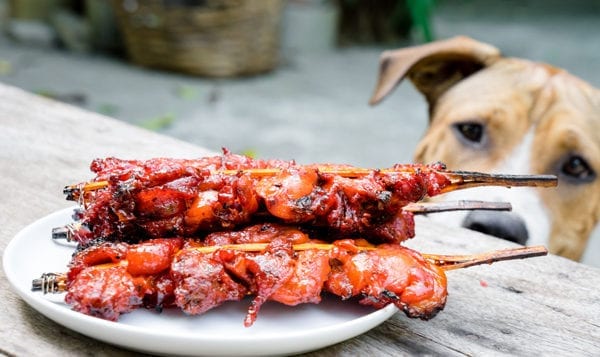
 Aaaah, summer’s here and we know it by the smells in the air. Tantalizing aromas of steak, sausage, chicken, burgers and dogs. After dinner it’s marshmallows (sometimes with graham crackers and chocolate). I don’t know anyone who doesn’t love it (including our pets). As gratifying as it is to have friends and family over, we have to be careful of our “unofficial tasters” hanging around the barbecue.
Aaaah, summer’s here and we know it by the smells in the air. Tantalizing aromas of steak, sausage, chicken, burgers and dogs. After dinner it’s marshmallows (sometimes with graham crackers and chocolate). I don’t know anyone who doesn’t love it (including our pets). As gratifying as it is to have friends and family over, we have to be careful of our “unofficial tasters” hanging around the barbecue.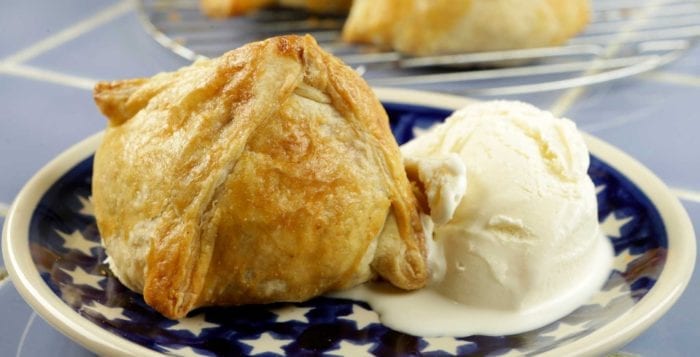
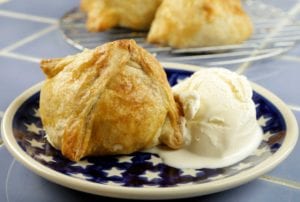
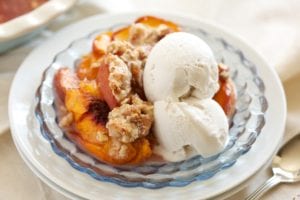


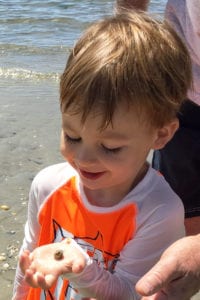 Judy Welter recently snapped a photo of her 2-year-old grandson, Connor, at West Meadow Beach in Stony Brook holding his very first hermit crab. She writes, “He couldn’t be more delighted. My son’s picture [Connor’s uncle] appeared in your newspaper 41 years ago. He too, was playing by the shore at low tide and is pictured with a hermit crab in hand. Time for the next generation to discover our wonderful beach.”
Judy Welter recently snapped a photo of her 2-year-old grandson, Connor, at West Meadow Beach in Stony Brook holding his very first hermit crab. She writes, “He couldn’t be more delighted. My son’s picture [Connor’s uncle] appeared in your newspaper 41 years ago. He too, was playing by the shore at low tide and is pictured with a hermit crab in hand. Time for the next generation to discover our wonderful beach.”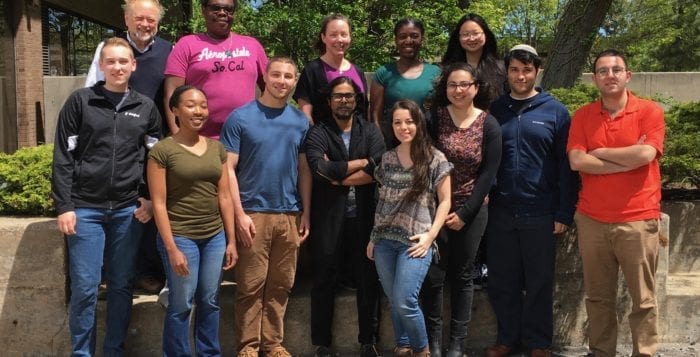










 Within 10 years scientists hope to have the first artificial nucleus with all the essential yeast genes needed to allow yeast cells to divide and grow and make alcohol. That nucleus will have 16 synthetic chromosomes made by putting together the nucleotide sequences of the genes in each chromosome without using a living system to do so. They will tag each chromosome with inserted genes that can serve as switches to make them machines capable of turning specific genes or groups of genes on or off. The switches will respond to temperature, pH or chemical signals to activate the switches.
Within 10 years scientists hope to have the first artificial nucleus with all the essential yeast genes needed to allow yeast cells to divide and grow and make alcohol. That nucleus will have 16 synthetic chromosomes made by putting together the nucleotide sequences of the genes in each chromosome without using a living system to do so. They will tag each chromosome with inserted genes that can serve as switches to make them machines capable of turning specific genes or groups of genes on or off. The switches will respond to temperature, pH or chemical signals to activate the switches.



